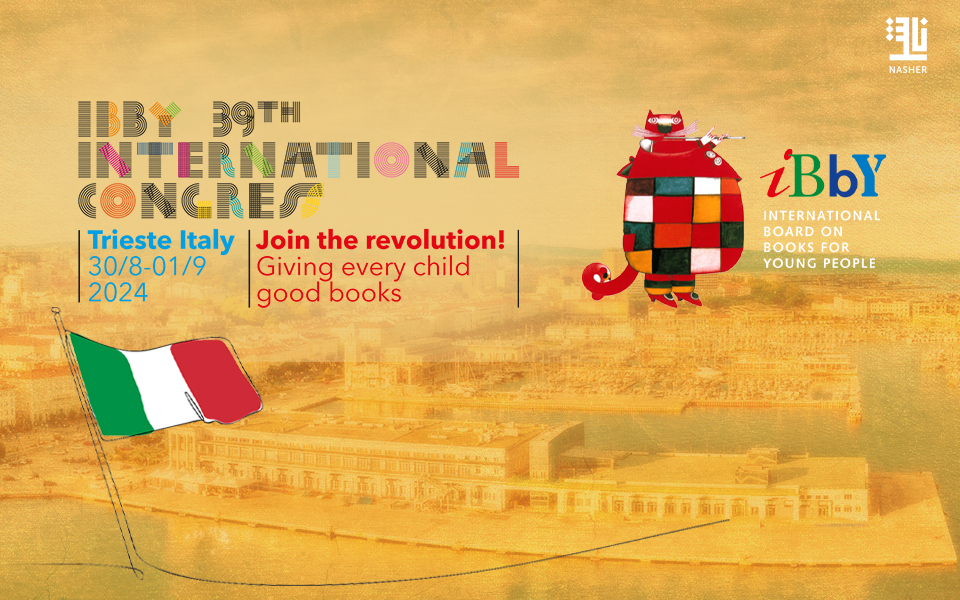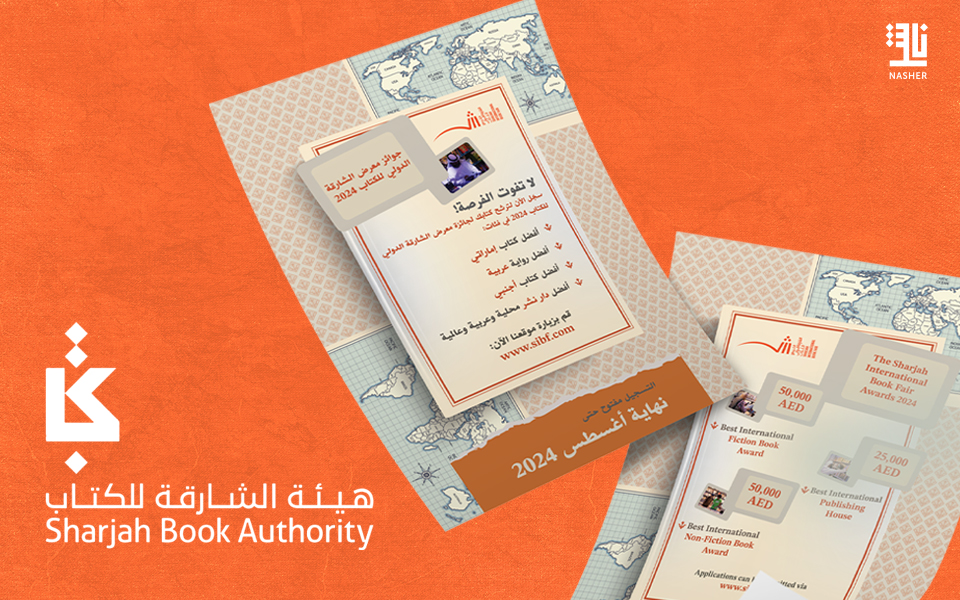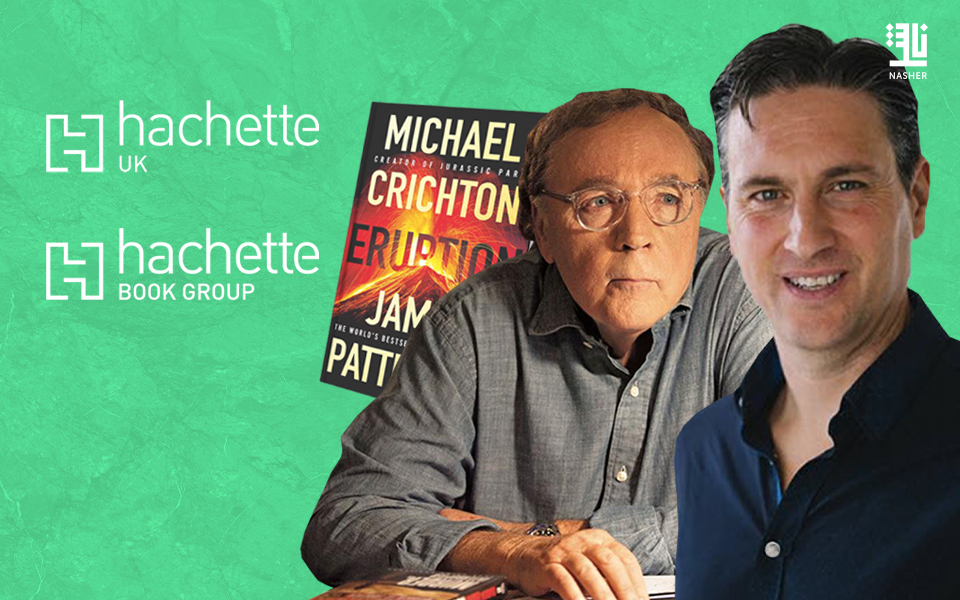No matter what event took place in 2020, the year will always go down in history as the year of the Covid-19 pandemic that has swept the globe taking more than 1.5 million lives. You might want to forget all about it but you might take comfort in reading about how authors have for decades written about various form of plaques and pandemics.
A Beginning at the End by Mike Chen.
The rebuild after a plague is the focus of this novel, which follows three San Franciscans trying to put the pieces back together after a disease known as MGS has taken out over half the population. The three acquaintances—a single dad, a former pop star, and a consultant who helps people cope with the tragedy—are put together by chance, but begin to bond as various threats surface.
The End of October by Lawrence Wright.
This thriller, follows a World Health Organization doctor who begins sounding the alarm about an impending pandemic after an Indonesian refugee camp is decimated by a seemingly new disease.
In a Perfect World by Laura Kasischke.
Phoenix flu is the pandemic afoot in this novel from the poet and novelist Kasischke. A flight attendant accepts a marriage proposal from a pilot and widower, believing she’s found a way out of the uncertainty and danger presented by the country’s spreading infection. When her fiance is unexpectedly held overseas, though, the heroine must come together with her stepchildren to form an instant family.
Wilder Girls by Rory Power.
In what we called an “incisive debut” a group of young women are under lockdown at their Maine boarding school after a pandemic, known as “the Tox,” has wrought havoc. The girls—16-year-old best friends Hetty, Byatt, and Reese—are now the only remaining students at the Raxter School for Girls, trying to survive on diminishing amounts of food as they wait for a cure on their coastal island.
A Journal of the Plague Year by Daniel Defoe
From 1665 to 1666, bubonic plague returned to Britain and devastated the city of London — killing roughly one quarter of its population in the span of 18 months. Over 50 years later, Daniel Defoe drew upon historical documents to write a realistic account of the plague’s effects on the city.
Pale Horse, Pale Rider by Katherine Anne Porter
Porter’s Pale Horse, Pale Rider is set around the Spanish flu pandemic in 1918 and focuses on a young woman falling in love with a soldier, as both influenza and World War I loom ominously
Beauty Salon by Mario Bellatin
Set in a world devastated by a pandemic affecting only men, leading to their rapid deaths in the face of governmental inaction. The novel’s narrator runs a beauty salon, which becomes a hospice for those afflicted.
Blindness by José Saramago
In the Nobel Prize–winning author’s Blindness, a growing number of people within a city find themselves unable to see. The government’s response is heavy-handed and authoritarian.
The Years of Rice and Salt by Kim Stanley Robinson
Over the course of a few years in the 14th century, the bubonic plague killed millions of people in Europe. Robinson’s alternate history, The Years of Rice and Salt, is set in a world that one character describes as “a mutation of the plague, so strong it killed off all its hosts and therefore died itself.” All of which is to say that Europe is largely empty for centuries in the world of this novel, causing a very different balance of global power to emerge.
Oryx and Crake by Margaret Atwood
The first volume in her near-future MaddAdam trilogy describes a world devastated by the effects of genetic engineering, including a plague that has wiped out much of humanity. As with much of Atwood’s speculative fiction, it feels eerily prescient regarding events that took place after its 2003 publication — a cautionary tale about the unexpected and terrible places technology could take us all.
Station Eleven by Emily St. John Mandel
Much of Mandel’s acclaimed novel is set in the wake of a devastating strain of the flu, which kills 99 percent of humanity. The book’s structure juxtaposes scenes of survivors of the epidemic with the sudden end of the world as we know it, as the Georgian flu wreaks havoc.
Find Me by Laura van den Berg
Find Me is set against the backdrop of an epidemic that erases the memories of those infected — where the search for a cure might be even more harrowing than the disease.
Severance by Ling Ma
Ma describes a fictional epidemic that taps into anxieties about both pandemics and nostalgia. Shen Fever, you see, has a way of making you repeat old routines endlessly, right up until the point of death.
The Book Of M by Peng Shepherd
A plague sweeps through the continent. The illness leaves its victims with some powers, but also steals their memories. When Max develops the symptoms, she flees, leaving her husband Ory behind so the pandemic doesn’t swallow him, too. But Ory won’t give up that easily on the woman he loves, and so he embarks on a quest across the ruins to find her.
Love In The Time Of Cholera by Gabriel Garcia Marquez
Originally published in 1985, the book tells the tale of two star-crossed young lovers whose relationship runs into trouble when the woman marries a prominent doctor fighting to stop cholera. But nothing can stop Florentino from pursuing Fermina, and he does until she’s a widow, hoping he’ll give her another chance. Cholera functions as a backdrop and a metaphor for so many things in this poetic novel, and one of the main characters is a physician trying to battle the illness. Years later, the couple find each other again.







